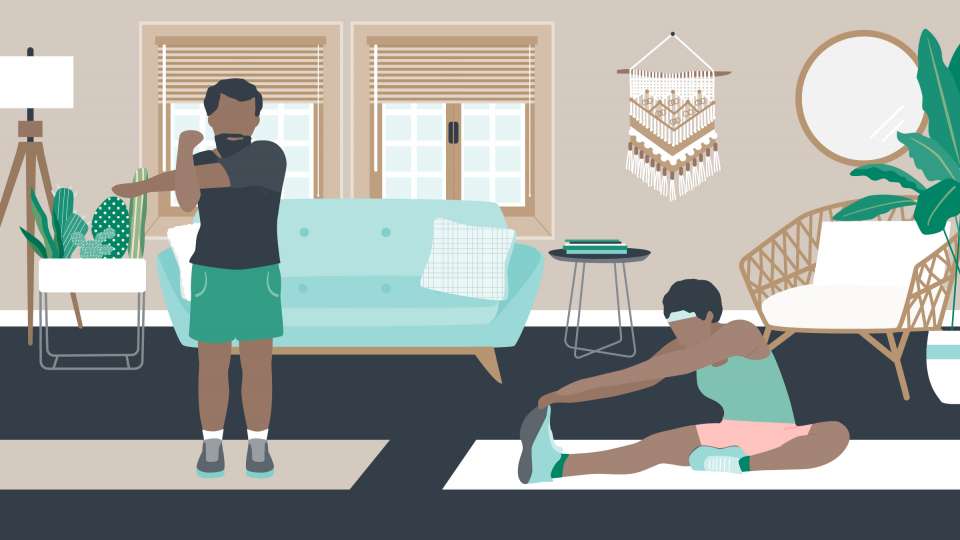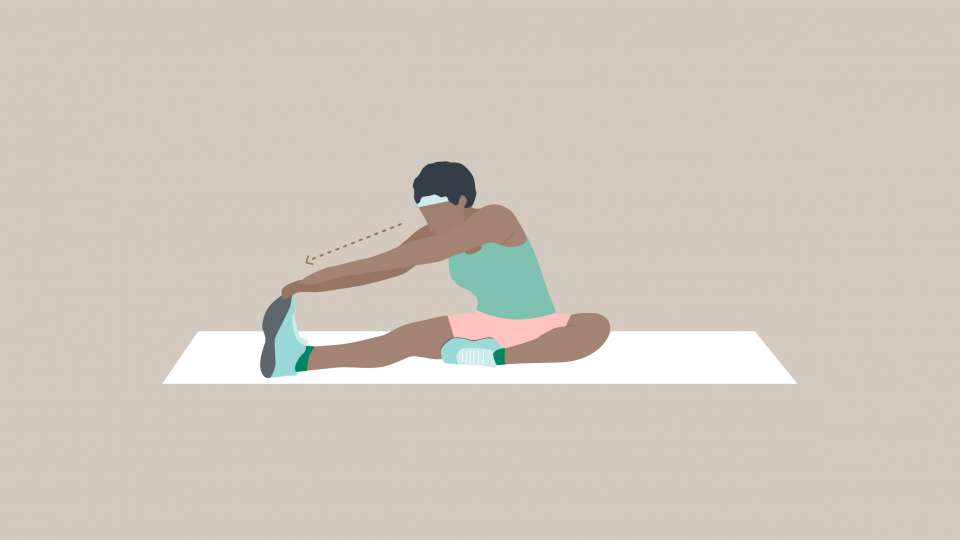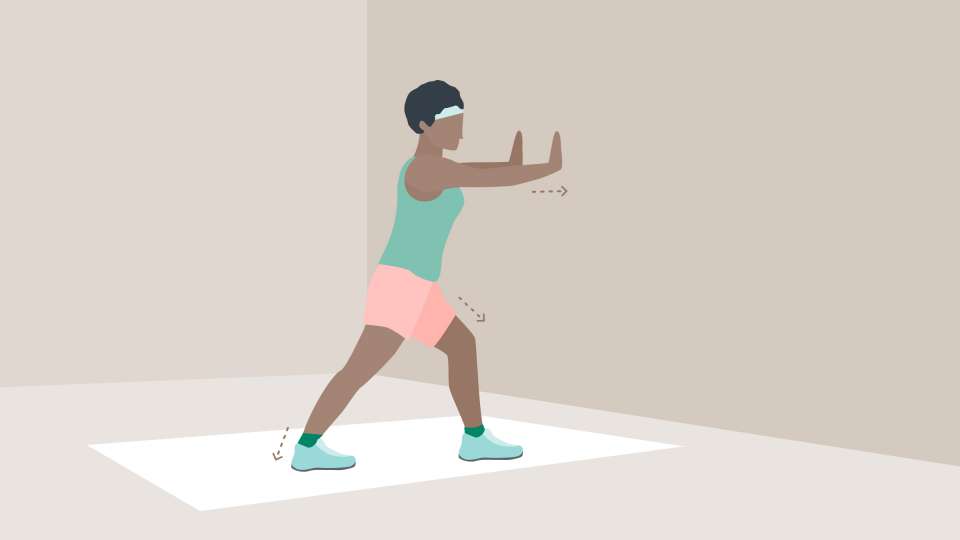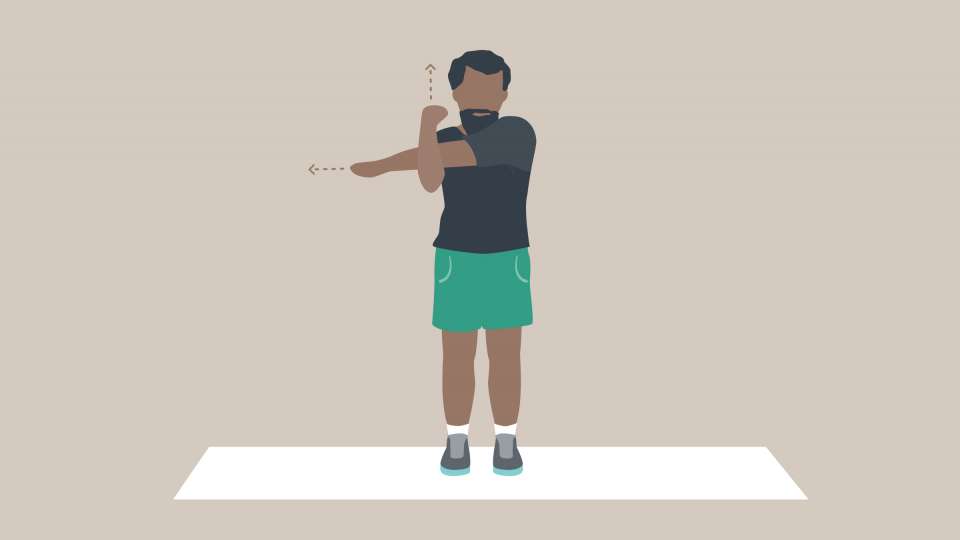
As soon as you finish a workout, do you head straight to the shower? Grab a post-exercise snack? Not so fast.
There’s one important activity that comes before you peel your sweaty sports bra off: a cooldown.
Dr. Mark Harrast, medical director of the Sports Medicine Center at Husky Stadium, explains why a cooldown is an essential part of your workout and how to effectively cool down after you exercise.
What is a cooldown?
A cooldown eases you out of your workout and allows your heart rate and breathing to gradually return to normal.
Think of your workout as if you’re driving fast on a highway, and you see a red light. Your cooldown is like you gradually braking for the red light: You’re easing your body out of high-intensity activity instead of abruptly ending it by braking at the last second.
So, don’t slam on the brakes. But how does that translate to your specific workout?
“Cooling down basically means you’re tapering down the intensity of the activity you were doing. And really, it should be thought of as part of your workout,” says Harrast.
He suggests cooling down for around 10 to 15 minutes after you exercise — or even longer if you’ve been doing something really taxing on your body, like training for a marathon.
For instance, if you just went for a run, cool down with a light jog or walk. A cooldown for a strength workout such as Pilates could include some yoga poses.
The benefits of cooling down
Here’s why that post-workout walk or yoga sequence is worth your while.
“Cooling down helps remove the bad byproduct of working out — lactic acid — from the blood which helps with recovery and also helps you get back to your next workout,” says Harrast.
You know that muscle burn you feel when you finish that last set of lunges? That’s caused by lactate, an organic acid made by tissue and red blood cells, in your muscles. The lactate then travels into your bloodstream and — if you cool down after a workout — is quickly cleared out of your system. This fast-tracks your recovery, which means less time spent being sore after a workout.
“Essentially, a cool down allows your body to get back to baseline,” says Harrast. “It helps bring your temperature and blood pressure down and may also help decrease muscle soreness.”
Even more reason to cool down after a workout.
How to cool down
To cool down, pick a low-intensity activity that is similar to the exercise you did for your workout.
You can cool down after a swim workout with some easy laps, end a bike ride with a few minutes of light pedaling and cap off a weightlifting workout with some dynamic stretches.
Other low-intensity cooldown activities include jogging, moving through some yoga poses or going for a short walk.
As you do your activity, think about whether or not you could hold a full conversation with someone — it should be that easy. Notice your heart rate slow down and take some deep breaths. Let your body relax and unwind from the hard work you just did.
Once you’ve done five to 10 minutes of your low-intensity activity of choice, you can stretch.
Static stretch it out to cool down
While your body is still warm from your workout, consider doing some static stretches.
“Static stretching is great for a cool down since you don’t necessarily want all the motion of dynamic stretching once you’ve finished your workout,” says Harrast. “You’re probably feeling tired and ready to slow down.”
Static stretches — where you hold a stretch for 30 to 60 seconds at a time — are best performed when your muscles are warm, as opposed to when your body is stiff and cold before you’ve worked out.
What’s the benefit of static stretching?
Some exercise experts feel that this kind of stretching can increase flexibility and even decrease your risk of injury after a workout. Just don’t try ballistic stretching, where you stretch as far as you can, and then you “bounce” further than your muscle range is used to. This can increase muscle tension and potentially cause more harm than good.
Here are three static stretches that are great to incorporate into your cooldown routine:
Hamstring. Sit on the floor with one leg out straight. Bend the other leg at the knee and position the sole of that foot against your opposite inner thigh. Then, extend your arms and reach forward over your straight leg, bending at the waist. Go as far as you comfortably can (no stress if you can’t touch your toes). After 30 to 60 seconds, switch to your other leg.
Calf. Place your hands on a wall and step one foot back into a small lunge, bending your front leg and keeping your back leg straight. Lean into the wall and press your back heel down so it's flat on the ground. After 30 to 60 seconds, repeat on the other side.
Arm. Bring your right arm across your chest. Place it in the crease of your left elbow and use your left hand to support your right arm. After 30 to 60 seconds, switch to the other arm.
Repeat each stretch three to five times and consider your cooldown complete. Your muscles will thank you.
Before starting a new exercise routine, it's a good idea to talk to your doctor — especially if you have any health conditions or are recovering from COVID-19.
Editor's Note: This article was originally published on January 27, 2021. It has been reviewed and updated with new info. Rose Hoonan and Heather Logue contributed to this article.

 Healthy ideas for your inbox
Healthy ideas for your inbox








